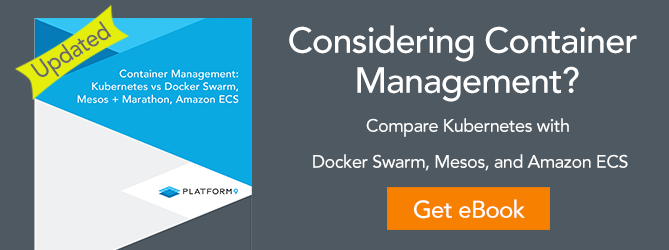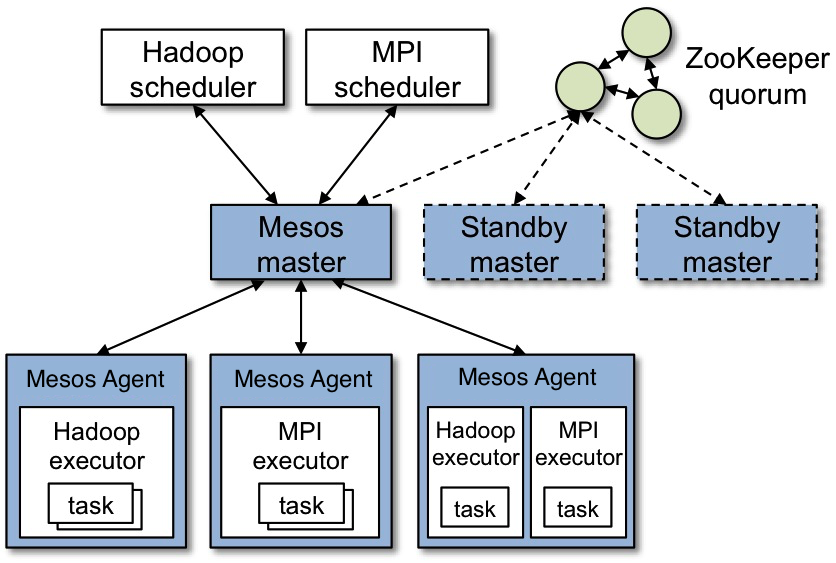
Mesos is an Apache project that originally emerged from developers at Twitter it was actually seen as an answer to the Google Borg project.

MesosĪnother project you might have heard about as a competitor to Kubernetes is Mesos. For development work, and smaller container clusters, Docker swarm mode presents a simpler choice. But again, the work is intended to provide a big payoff in the long run-a more manageable, resilient application infrastructure. However, note that Kubernetes is significantly more complex than Docker swarm mode, and requires more work to deploy. has chosen to make Kubernetes a key part of Docker support going forward. It’s still possible to use Docker swarm mode instead of Kubernetes, but Docker Inc. One such technology is Docker swarm mode, a system for managing a cluster of Docker Engines referred to as a “swarm” - essentially a small orchestration system.

However, Kubernetes does replace some of the higher-level technologies that have emerged around Docker. Kubernetes doesn’t replace Docker, but augments it. A few of the other options deserve discussion. Kubernetes is not the only way to manage containers at scale, although it has emerged as the most common and broadly supported choice.

Kubernetes is currently maintained by the Cloud Native Computing Foundation, which is itself under the umbrella of the Linux Foundation. Google sees the adoption of containers, microservices, and Kubernetes as potentially driving customers to its cloud services (although Kubernetes certainly works with Azure and AWS as well). Google open sourced Kubernetes in 2014, in part because the distributed microservices architectures that Kubernetes facilitates makes it easy to run applications in the cloud. It’s a successor to-though not a direct descendent of-Google Borg, an earlier container management tool that Google used internally. Kubernetes began life as a project within Google. And because Kubernetes is open source, with relatively few restrictions on how it can be used, it can be used freely by anyone who wants to run containers, most anywhere they want to run them-on-premises, in the public cloud, or both. While in practice Kubernetes is most often used with Docker, the most popular containerization platform, it can also work with any container system that conforms to the Open Container Initiative (OCI) standards for container image formats and runtimes. Kubernetes is an open source project that has become one of the most popular container orchestration tools around it allows you to deploy and manage multi-container applications at scale. But this gives rise to the need for container orchestration-a tool that automates the deployment, management, scaling, networking, and availability of container-based applications. In a containerized architecture, the different services that constitute an application are packaged into separate containers and deployed across a cluster of physical or virtual machines. As a result, containers have reshaped the way people think about developing, deploying, and maintaining software. What is container orchestration?Ĭontainers support VM-like separation of concerns but with far less overhead and far greater flexibility. By making containerized applications dramatically easier to manage at scale, Kubernetes has become a key part of the container revolution.

Containers have become increasingly popular since the Docker containerization project launched in 2013, but large, distributed containerized applications can become increasingly difficult to coordinate. Kubernetes is a popular open source platform for container orchestration - that is, for the management of applications built out of multiple, largely self-contained runtimes called containers.


 0 kommentar(er)
0 kommentar(er)
